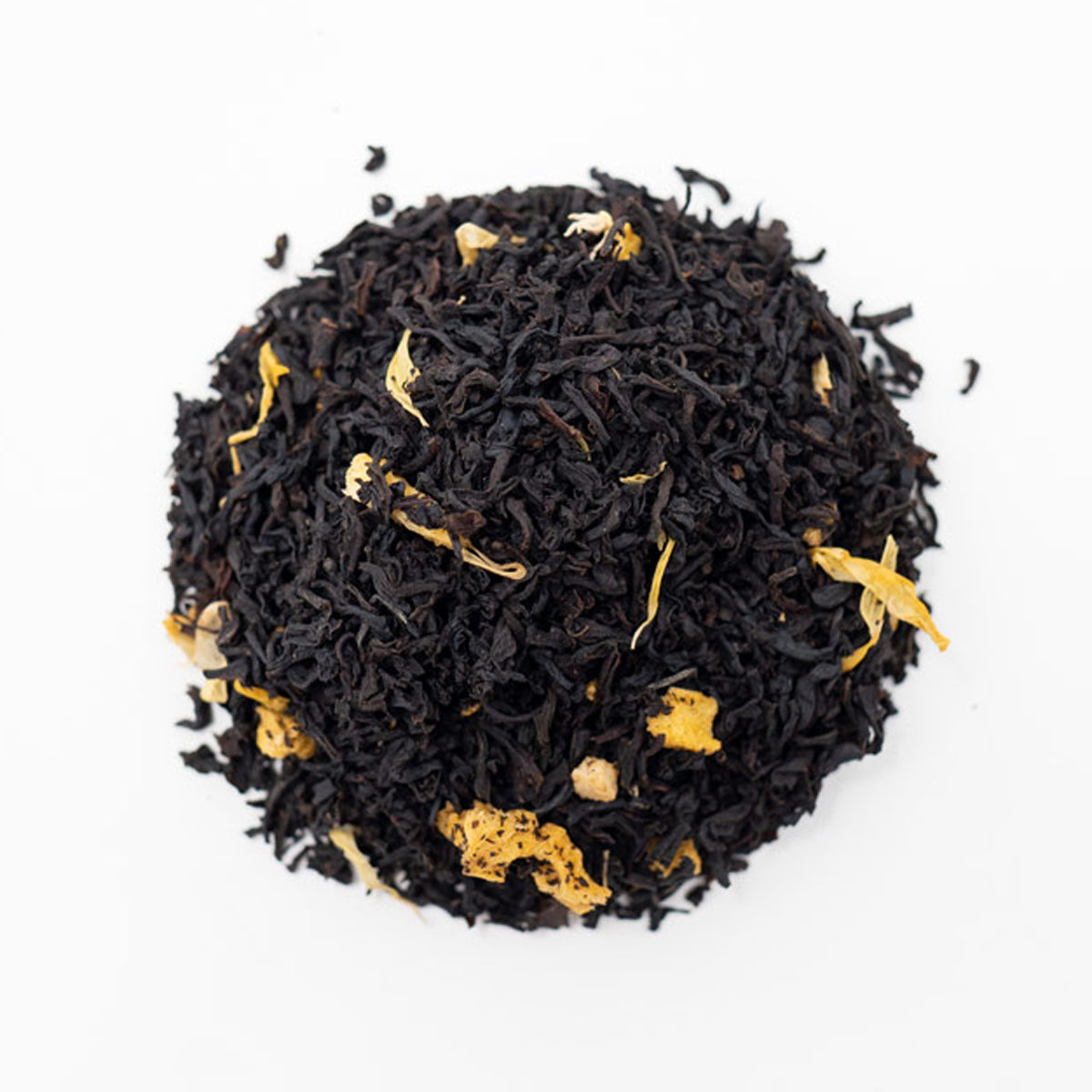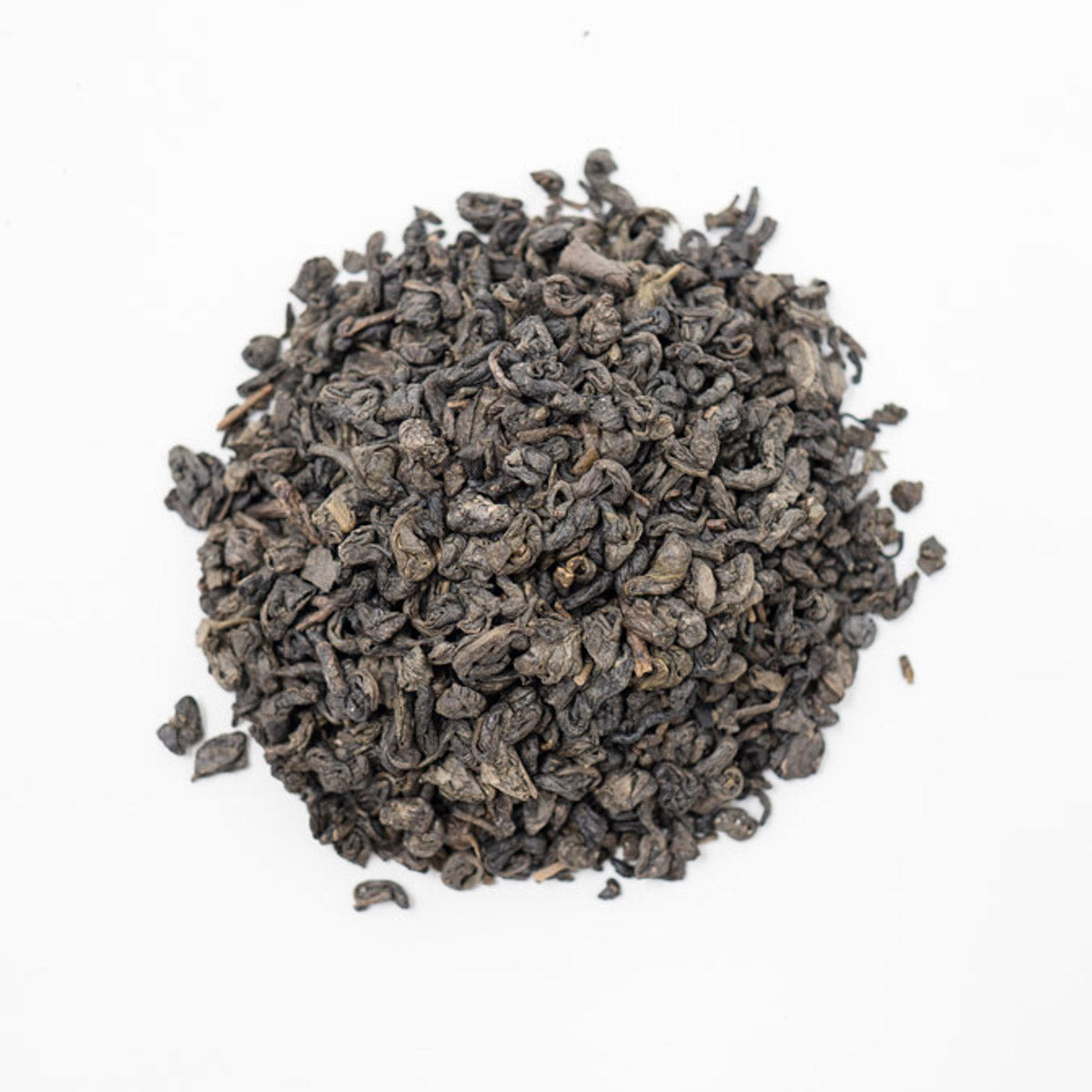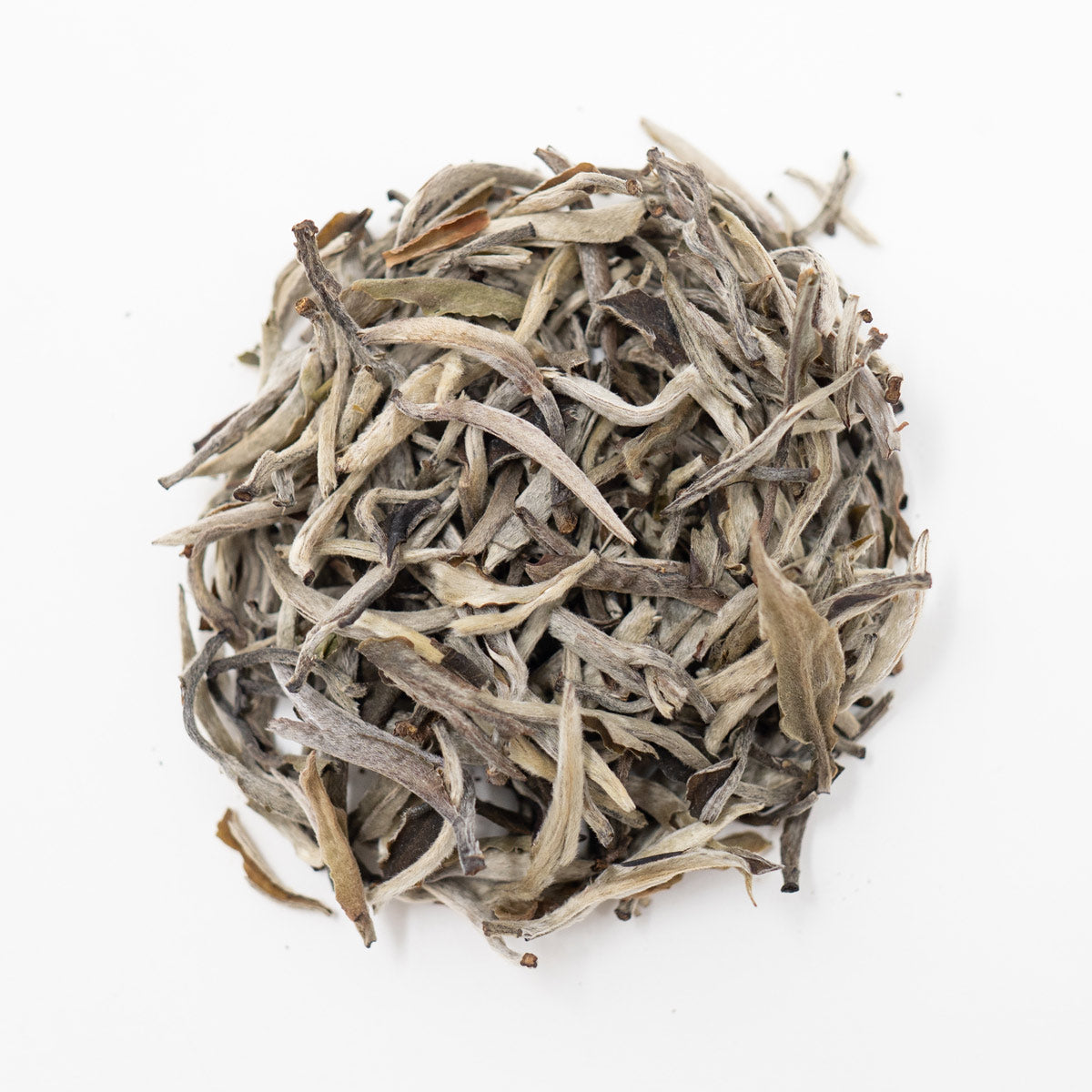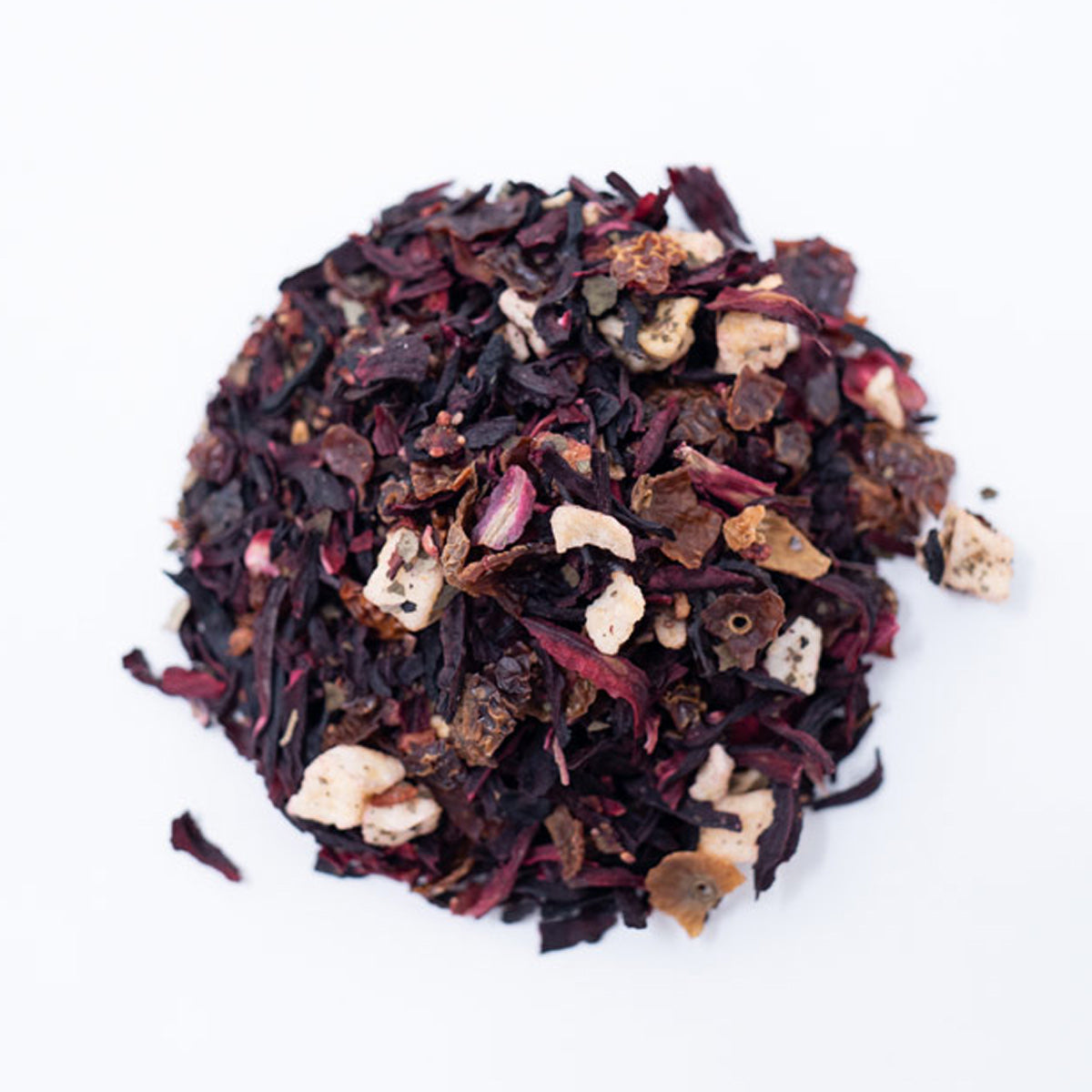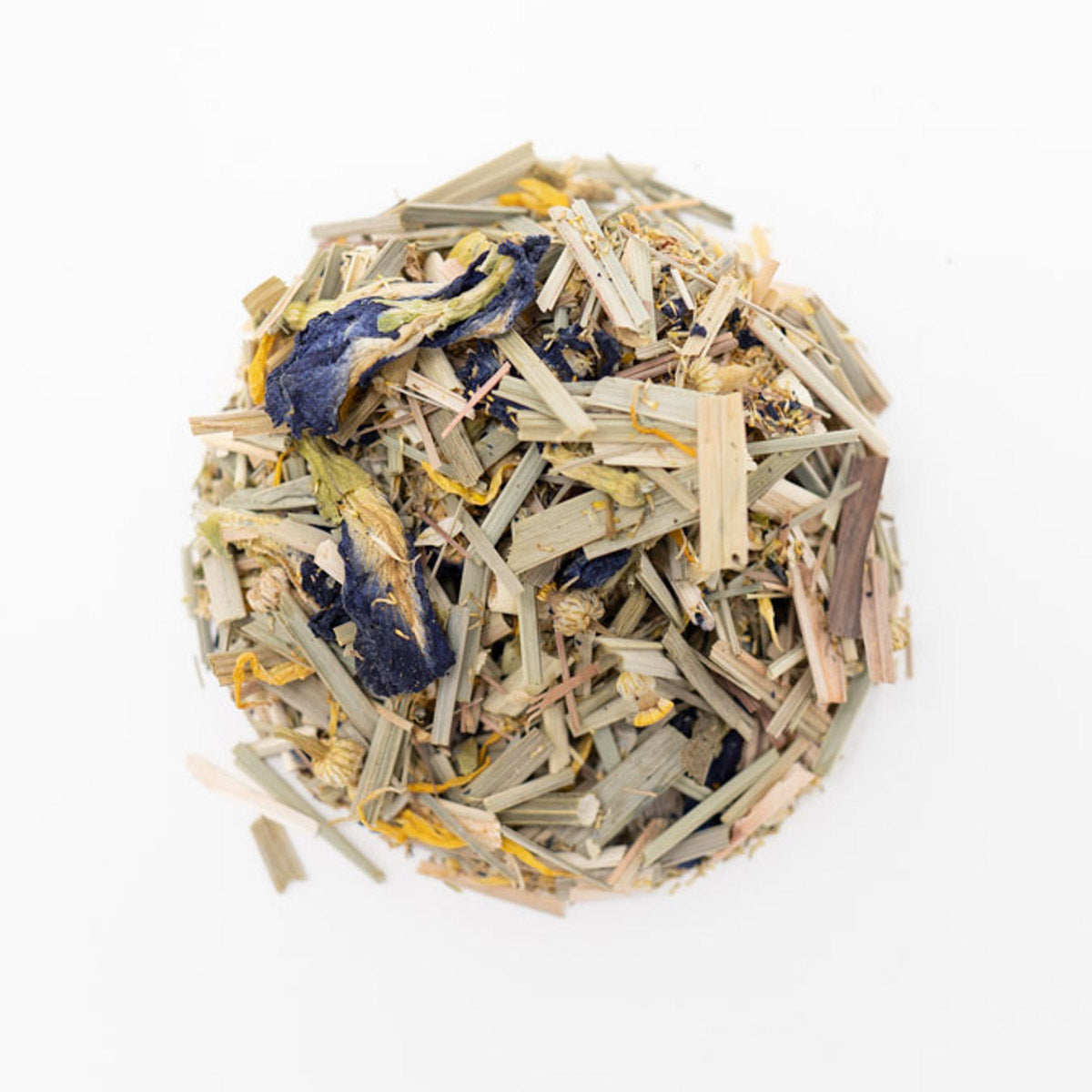India | A Top Producer of Our Favorite Teas
The History of Tea in India: How They Became a Top Producer of Our Favorite Teas
India and China are the two countries that contend for the title of “World’s Largest Tea Producer,” but their competition is a relatively recent one. India has successfully put itself on the map by creating their own tea variants while also implementing tea into their culture. India’s tea innovations from Darjeeling to Chai have transformed from a local to a worldwide sensation. Although India has become the largest producer of tea after China, it has not been for as long as some may think. Let’s take a trip down memory lane and see how tea production in India started.
How Tea Migrated to India
People in India have been drinking tea dating back as far as 750 BC. Similar to other tea origin stories, there are several legends about how tea was discovered in India. It is commonly believed that tea leaves were exported from China during the silk trade between the countries. Ironically, the Camelia sinensis was a naturally growing plant in India, specifically in the Assam jungle. For years it grew there untouched before its appeal and worth were realized. Before becoming a beloved beverage, the tea leaves were used for diet, medicinal purposes, and adding flavor to vegetable dishes and soups. The myth surrounding the first discovery of drinking tea was made by an Indian king who suffered from a mild form of narcolepsy and struggled to stay awake during long court meetings. He discovered that by boiling leaves from the tea plant, he was able to remain awake, and thus, the legend of tea in India was born.
A more formal introduction of tea was made by the British. In the late 1700s, Warren Hastings sent a selection of Chinese tea seeds to George Bogle, the then British emissary in Bhutan, for planting. The seeds from China struggled to thrive in the intense Assam heat. In 1776 English Botanist, Sir Joseph Banks recommended that native tea plants should be considered. It wasn’t until a few decades later that Robert Bruce discovered tea plants growing wild in the Upper Brahmaputra Valley of Assam. The tea was named Assamica (now known as Assam), and they found the variety and flavor of this tea unique and different from the Chinese plant.
In 1823, the very first shipment of tea from India was sent to England for sale. Britain was determined to have a less expensive option than buying tea from China. Even though the Assam tea flavor was viewed as inferior, the taste and acceptance soon changed as its success took off in England. By 1840, India’s tea industry was taking shape, and tea harvesting expanded to the higher regions of Kangra and Darjeeling. They found that the seeds from China flourished in elevated environments, and Darjeeling tea became a sought-after commodity along with Assam. Due to the success of growing tea native to India, by 1863, they established 78 plantations in Kumaon, Dehradun, Garhwal, Kangra Valley, and Kul. By 1874, 113 gardens covering 18,888 acres of tea were growing, and production was over 3 million pounds.
India’s Tea Production & Innovations
Even after the British left India, the tea industry did not stop. Since then, tea production in India has only increased to the point where they are one of the largest producers of tea in the world. There are over 13,000 gardens, and more than a million people are employed just for the production of tea. Assam and Darjeeling tea are two of the most well-known teas and are among the best that come out of India. Darjeeling tea plantations sit 2000 meters above sea level on steep slopes, and they have mild summers and winters but have a lot of rainfall. There is no wonder that tea grows so well with these ideal conditions. Assam is known for its full-bodied and robust tea grown in a tropical and wet environment, and the plantations are watered by the Brahmaputra River. Assam produces the most tea and is one of the main teas used in many English tea blends as well as Indian chai variants.
Chai, or masala chai (meaning “spiced tea”), is perhaps the most popular Indian tea and can now be found in markets and coffee shops worldwide. This esteemed beverage was initially made from a combination of spices such as cardamom and ginger. Over time, travelers from Bengal, Gujarat, and Maharashtra took the black tea leaves grown in the Assam plantations and mixed them with the spices and high-quality milk. This concoction became the sweet, creamy drink as it’s known today. Once black tea became more accessible and affordable, it became a traditional beverage across the country and eventually to the rest of the world. As the worldwide consumption of chai increased, so did the number of variations. Although not as popular as black tea, you can now find recipes using green tea or even rooibos for a caffeine-free version. Coffee and tea shops have enjoyed experimenting with different milk and sweetener options. Even espresso has been added to masala flavoring for a popular Western American beverage called “dirty chai.” You can learn more about the origin and evolution of chai in a blog post I wrote last year.
So, whether your afternoon tea consists of a delicious Assam, a sweet and spicy cup of Chai, or aromatic Darjeeling, you will most likely enjoy some of the high-quality tea coming from India. Hopefully, now knowing some of the histories will make the cup of tea that much more enjoyable. Here at Hackberry Tea, we have a variety of Indian tea offerings perfect for any tea lover.
